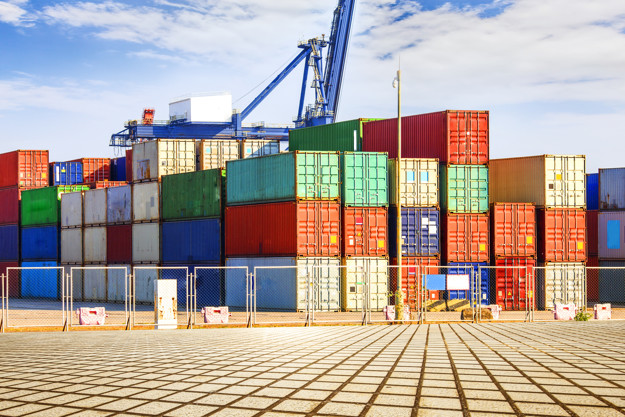Freight Forwarding in the Philippines: Tips to Achieve Competitive Cost Saving When Importing From China?

One of the most critical success factors of an import business is learning how to minimize shipping costs. Whether you’re just new in the international trading industry or have already established a big company, managing shipping cost is an aspect that warrants extreme scrutiny and judgement as it can impact your business’ bottom line really hard.
With that being said, here are some tips that can help you ship from China to the Philippines in a cost-effective way:
1. Choose a Reputable Chinese Supplier
The first step to ensure you get a competitive cost-saving when importing from China is to choose a supplier that is reliable and trustworthy enough to cater to your needs.
If your supplier doesn’t comply with regulations and doesn’t have any certifications, it can lead you to serious legal problems once your cargoes arrive at the port destination, which can ultimately result in delays, additional logistical headaches and shipping costs.
2. Hire a Freight Forwarder in the Philippines
Most freight forwarders in the Philippines are affiliated with numerous international transport organizations and companies worldwide, including local Chinese logistic companies. Hence, you should choose a freight forwarder that can and will use its connections to negotiate for better prices on your behalf.
Furthermore, your chosen Philippine freight forwarder should also be knowledgeable about the freight peak seasons in China (e.g., Chinese New Year) because during peak seasons, importing can become complicated due to high demand, high prices, and a probability of container shortage.
3. Choose Incoterms Wisely
Incoterms are international commercial terms that serve as the basis of agreement between the supplier and the buyer that trades internationally. There numerous Incoterms to choose from, so selecting the most competitive one can be quite challenging.
In general, Incoterms often used to import from China, such as EXW, FOB, and CIF, are the most ideal as they put you in charge of choosing a freight forwarder, shipping routes and times, and other details that allow you to balance all costs so you can stay competitive. However, keep in mind that your negotiation skills and the type and value of goods could also affect the type of Incoterms you should choose.
If you’re unsure of which Incoterm to choose, do read our post on how to select a competitive and safe Incoterm.
These are the steps to follow in order to achieve significant cost saving when you import goods from China to the Philippines.
Here at Excelsior Worldwide Freight Logistics, we have equipped people who are knowledgeable regarding import procedures and are committed to reducing your expenditures as much as you are.
We also conduct free orientation for those who are willing to learn about importation & exportation. It is our advocacy to share our knowledge & experience for 17 years in the business.
Contact us today at (063) 525-9775 or email us at wecare@excelsior.ph

